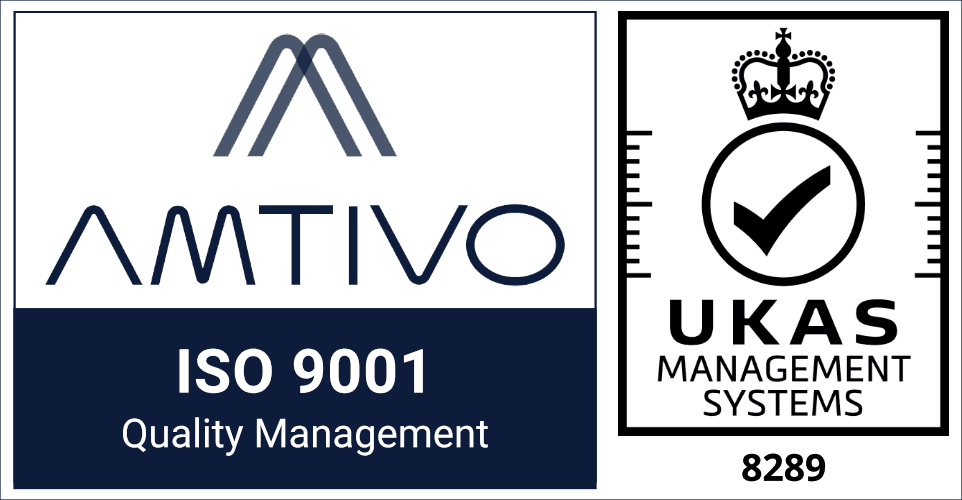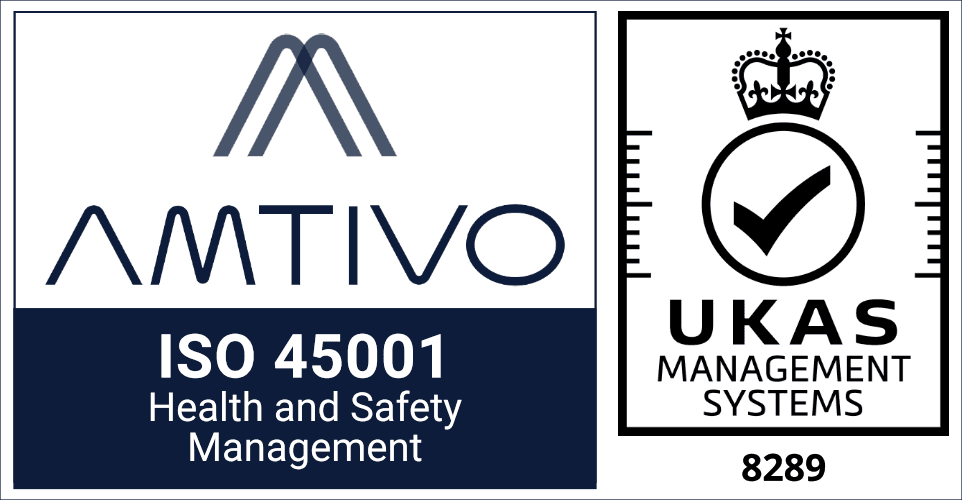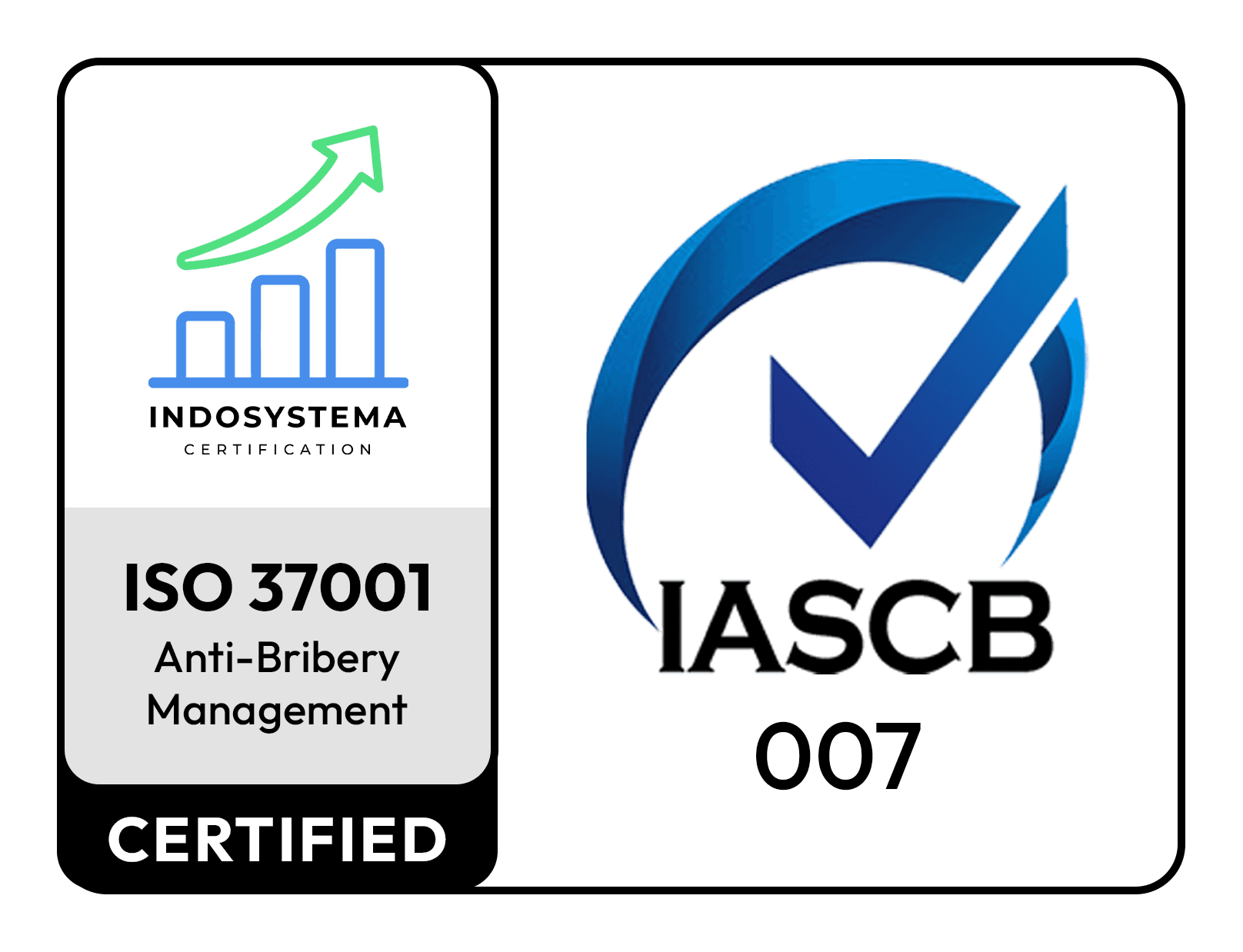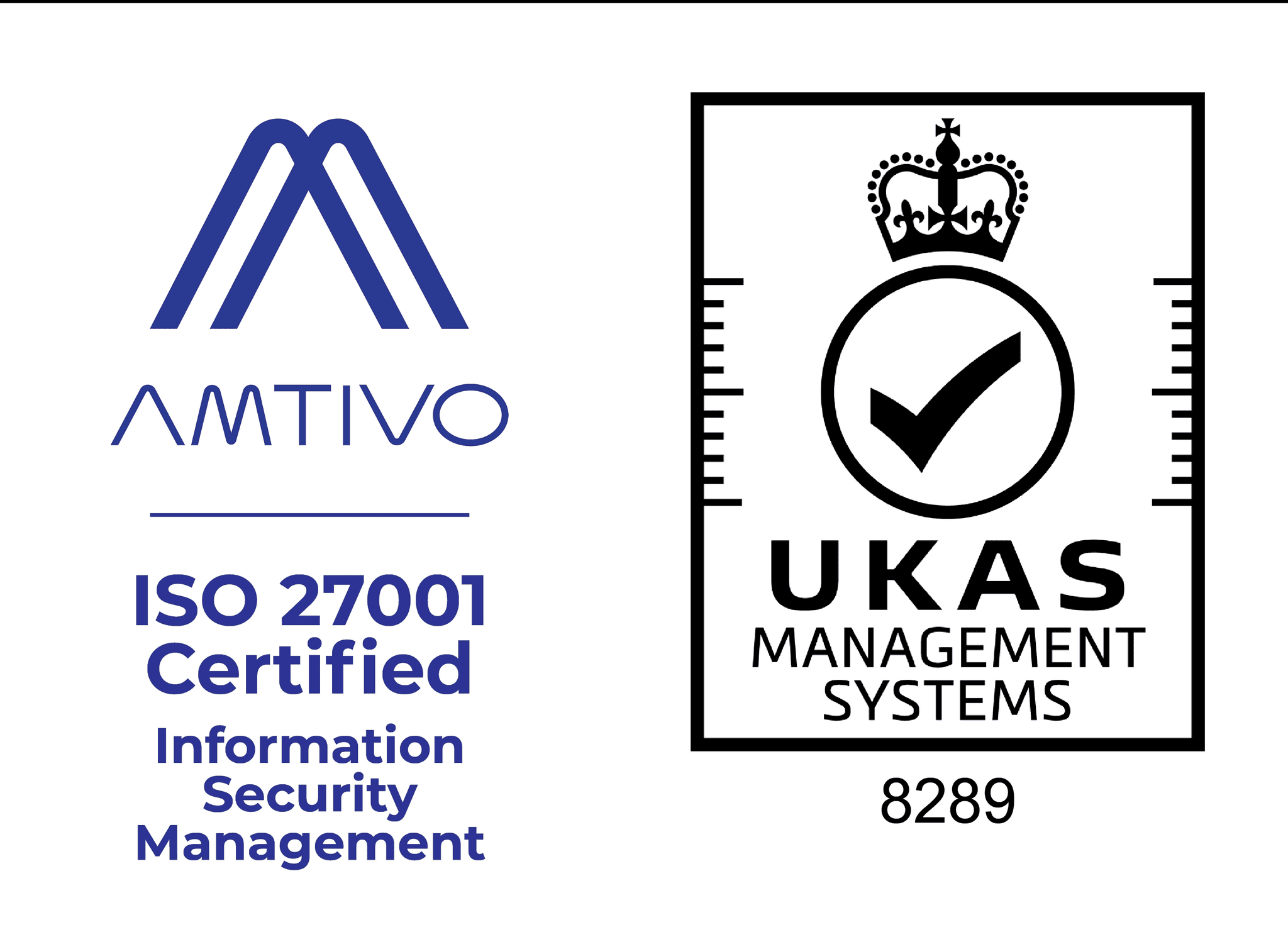In the ever-evolving landscape of cybersecurity, the traditional castle-and-moat approach is proving inadequate to defend against sophisticated threats. Enter Zero Trust Architecture (ZTA), a revolutionary security model challenging the conventional notion of trust within networks. ZTA operates on the principle of "never trust, always verify," which means that no user or device is inherently trusted, regardless of their location within or outside the network perimeter. This paradigm shift reflects a critical understanding that threats can emerge from anywhere, rendering the traditional perimeter-based security model obsolete.
Breaking Down Zero Trust Architecture:
At the core of Zero Trust Architecture is the belief that organizations must adopt a holistic and continuous verification process for all users and devices attempting to access their networks. This involves the implementation of strict access controls, multi-factor authentication, and continuous monitoring. By scrutinizing each user and device interaction in real-time, ZTA mitigates the risk of unauthorized access, reducing the attack surface and enhancing overall cybersecurity posture.
Key Components of Zero Trust Architecture:
1. Identity Verification: ZTA places a strong emphasis on identity as the new perimeter. Authentication mechanisms, such as multi-factor authentication (MFA) and biometrics, are critical components to ensure that only legitimate users gain access to sensitive resources.
2. Micro-Segmentation: Instead of relying solely on a network perimeter, ZTA advocates for micro-segmentation to compartmentalize and isolate different parts of the network. This way, even if an attacker gains access to one segment, they will find it challenging to move laterally within the network.
3. Continuous Monitoring and Analytics: ZTA relies on continuous monitoring of user and device behavior through advanced analytics. By analyzing patterns and anomalies in real-time, organizations can swiftly detect and respond to potential security incidents, minimizing the impact of breaches.
In conclusion, Zero Trust Architecture represents a paradigm shift in cybersecurity philosophy, acknowledging that the traditional castle-and-moat approach is no longer sufficient in the face of sophisticated cyber threats. By adopting a stance of perpetual skepticism and verifying each interaction, organizations can proactively protect their assets, irrespective of user or device location. Embracing the principles of ZTA equips businesses with the tools needed to navigate the modern digital landscape securely.









